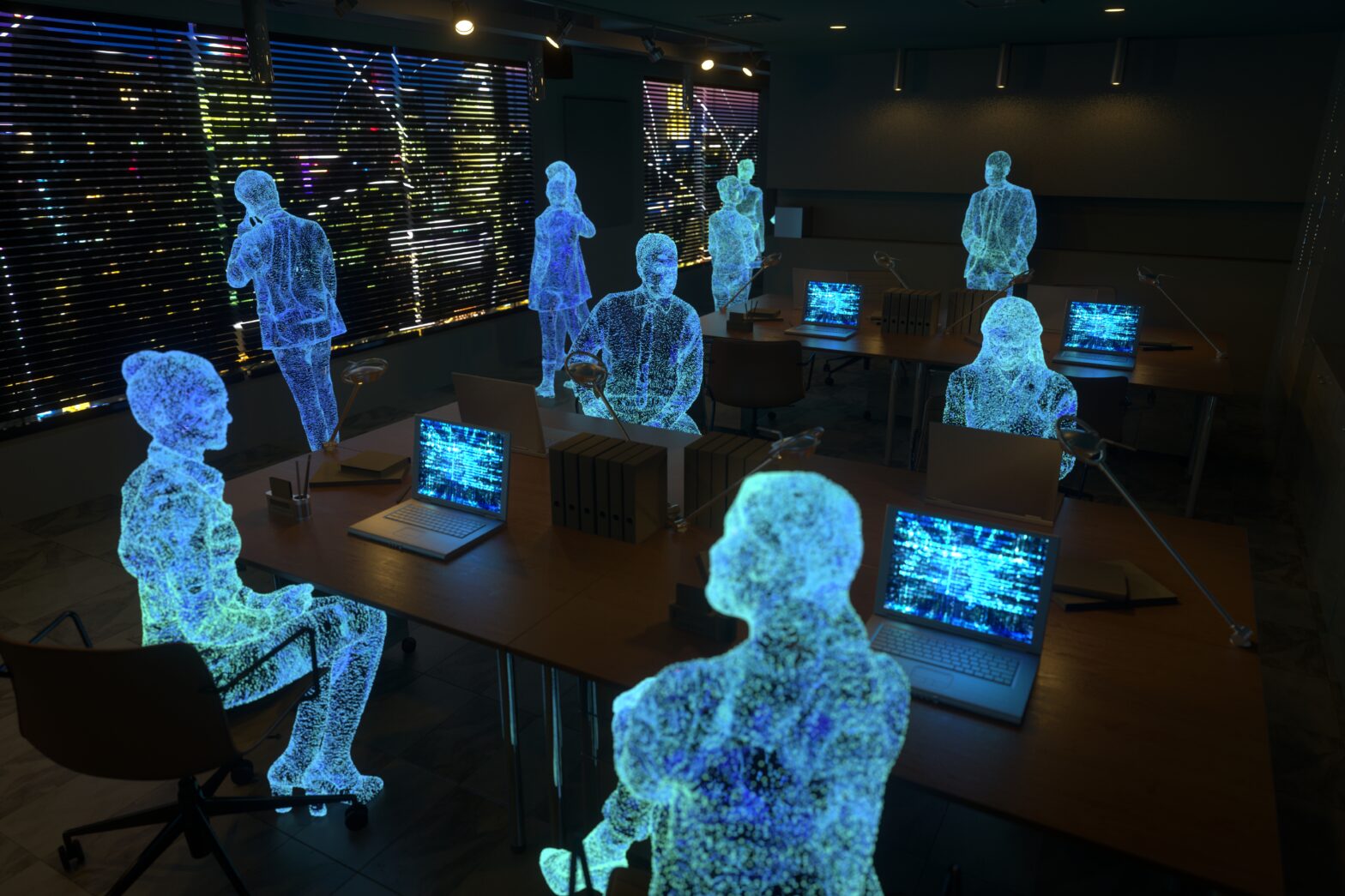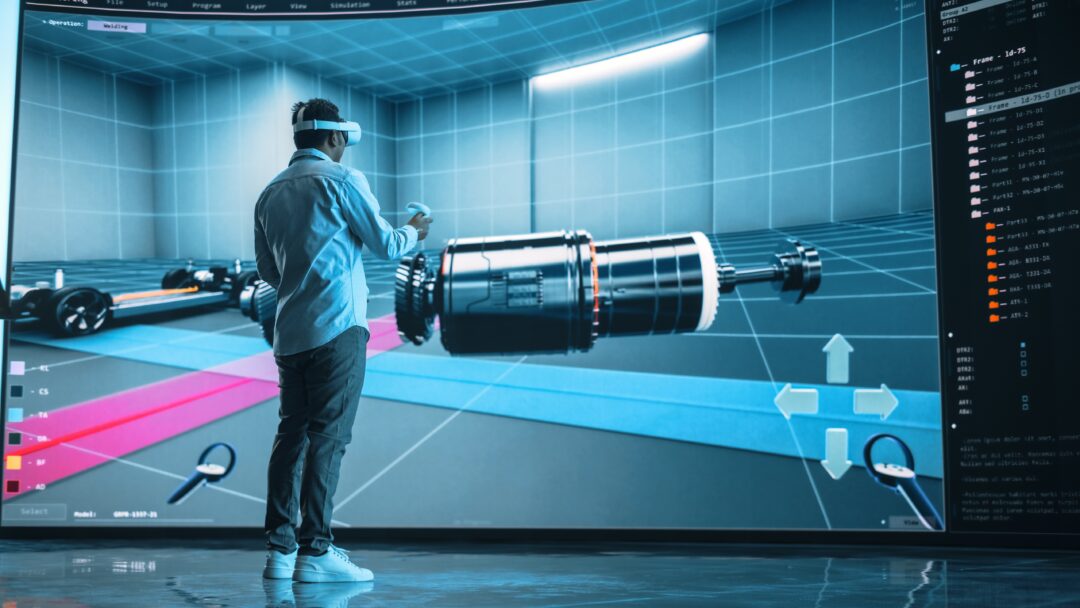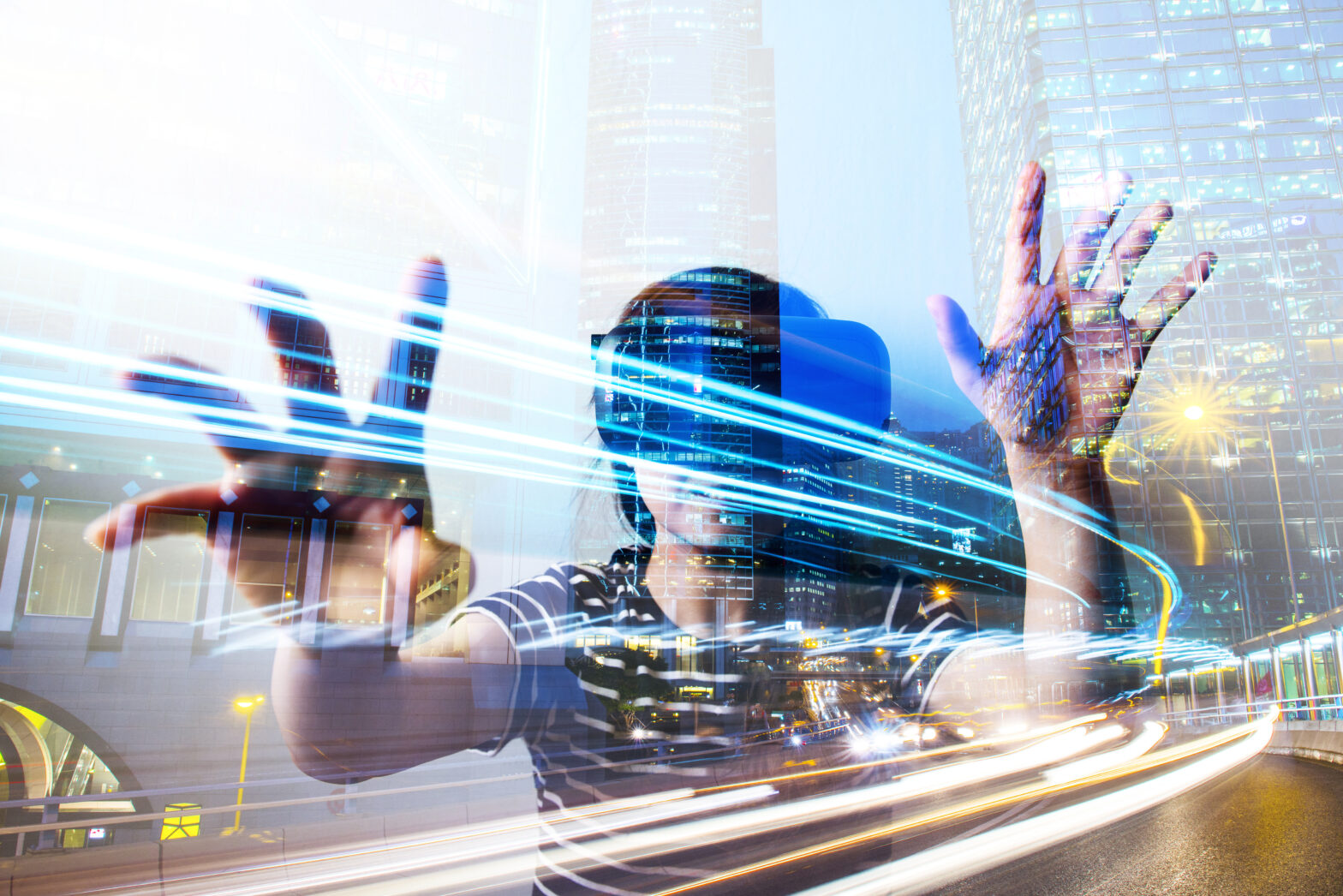Virtual reality has made a significant impact on the business landscape. The introduction, adoption and advancement of VR technologies has changed the dynamic between the buyer and seller in fascinating ways, creating the need for applying VR to business strategies.
Such is the demand for this kind of technology, that the AR and VR market size is projected to reach $453.5bn in value by 2030.
With VR, a company can connect with their consumers more directly, whether they’re showcasing a product or service, or even training an existing employee. VR has a broad spectrum of applications.
If a company has yet to invest in VR, they might fall behind their competition in the coming years. Many companies are beginning to view VR as a powerful business tool and are getting involved with the next generation of technology. Those that haven’t need to reevaluate their current plans, and apply VR to their business strategies.
Even if consumers don’t use the technology as often as their smartphone or laptop, having VR available can give a business owner a boost to their credibility and reputation. It reflects a progressive mindset and a willingness to embrace technology.
So what else can VR do, and how have companies employed it?
AR vs VR: it’s not a competition, the two are complimentary
1. Walmart – customer service training
Walmart employees need to handle a diverse variety of situations on a daily basis. Preparing them for high-stress situations in the virtual world can facilitate their training in an engaging way without any risk.
They’re able to learn more about their position without directly interacting with a customer, an attractive model for any company that has a focus on customer service.
2. Natuzzi – furniture showcase
Natuzzi is an Italian furniture brand that has blended virtual and augmented reality to display their products. A customer can visit their showroom in Madison Avenue to see what the furniture would look like in their own home without the need for movers or heavy lifting. They can mix, match and decorate to their satisfaction with very little input.
By providing this VR/AR experience, Natuzzi shows confidence and pride in their products while respecting a customer’s choices.
The retailer has been working with Microsoft‘s Hololens technology to optimise showroom capabilities and customer experience, while reducing inventory and stock and minimising space required to operate.
3. Ford – automotive product development
Ford has been working with VR capabilities to bolster vehicle design processes at its product development center (PDC) in Michigan. Implemented early on in the design stage, engineers can test concepts before they are physically built. Motion sensors detect every movement of users wearing VR goggles, allowing for gauging of the customer experience if the design was to go ahead into the construction stage.
While maximum possible capacity is limited to two designers, teams across the world can access live feeds of design tests and provide feedback in real time.
4. Volvo – test drive
If a customer doesn’t have a car dealer nearby, but they’re still in the market for a vehicle, they can search online for attractive options from their brand of choice. That said, technology has afforded them new opportunities through the use of a virtual reality headset, enabling them to test drive a vehicle before they take it home.
Volvo created an app that allows the user to drive their XC90 SUV through the countryside. More than just a marketing tactic, the app is both a game and point of reference for consumers.
5. Marriott – travel & tourism
Marriott has found a new, tech-driven way to showcase their service for potential guests. They now have the option of engaging with the brand’s own virtual experience.
Consumers begin in a Marriott Hotel, leaving from that location to visit nearby landmarks, like a beach in Hawaii. The app itself is called The Teleporter, in reference to the user’s ability to teleport wherever they’d like to go. Marriot’s main idea is to convince more people to travel and stay at their hotels, using The Teleporter to generate interest in various locales.
6. Immersive Education – Apollo 11
The rising popularity of Immersive VR Education speaks to the true potential of VR and its lasting cultural significance. Through Immersive VR Education, a consumer is able to view the entire 1969 Apollo 11 Mission and moon landing through their choice of headset.
It’s a way to take the technology beyond conventional branding opportunities. Whether the viewer wants to take a tour of a new building design or ride a roller coaster at a theme park, it’s clear that VR has a wide range of applications.
The significance of VR to a business strategy
Companies in the entertainment industry can host a live VR show of a concert. Factory managers can conduct real-time safety training for employees. Professors can teach their students in the field without leaving the classroom, and even a B2B company can benefit through the many applications of VR technology. Executives can pitch new ideas and show renderings of their designs to clients on the other side of the globe as if they were in the same room.
Future of VR and AR depends on user experience and education
In short, the possibilities of VR for business strategies are only as limited as the user’s imagination.
Regardless of the industry, VR has the potential to improve something, whether it’s the company culture, workplace safety or profit.
Staying ahead of the curve isn’t easy, but it’s far more difficult without using all the available resources, that’s why VR is becoming an important part of business strategies.
Related:
The value of mobile edge computing and smart glasses for field workers — Yves Cosendai, director solutions business development EMEA, Dynabook Europe GmbH, discusses how smart glasses powered by mobile edge computing are driving value for field workers.
The obstacles VR will overcome to go mainstream for business users —
Dan Barham, advanced compute & solutions market lead for UK&I at HP Inc., discusses how virtual reality (VR) can become a mainstream business technology within organisations.







